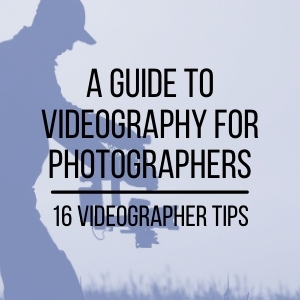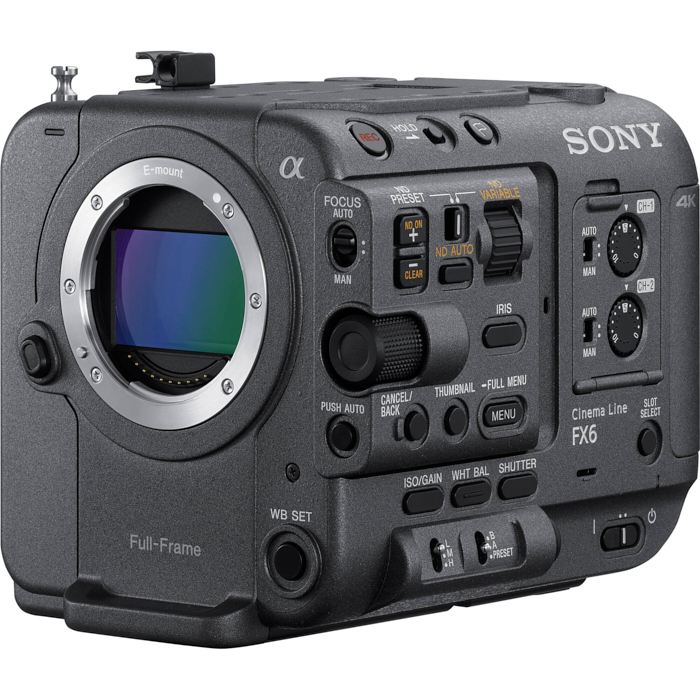Ever wish you could get just a bit more magnification out of your telephoto lens? Is 200mm sometimes just not quite long enough? You’re in luck! Teleconverters can extend your lens’s focal length up to 2x , meaning you can finally fill your frame with that squirrel’s headshot.
Teleconverters are great pieces of gear that can make the difference between getting the shot - and not. They’re small, lightweight, and easy to carry along with your other lenses.
But there’s a catch... It comes at a price.
Teleconverters are able to extend focal length not by magic- but by the use of additional glass elements that will change the image circle projected by the lens. Just like UV filters, Polarizers, and any other piece of glass you put between the sensor and the outside world, teleconverters will - to some degree - degrade the quality of your image. How much degradation depends on several different factors such as: quality of the teleconverter, quality of original lens, amount of extension, megapixel count (yep), etc.
In addition to the loss of some degree of sharpness, the teleconverter will decrease the light coming through the lens and hitting the sensor which results in an increased f/number. The amount of which depends on the converter itself. Meaning? Your 200mm f/2.8 with a 2x teleconverter increases the focal length to 400mm, but also increases the f/number to f/5.6.
Another common mistake is thinking that a teleconverter can work with any lens. The way a teleconverter is built is such that it sticks inside the back of the lens it is mounted to. Because of that, they need clearance to fit in that area. Thus they will not work with wide angle lenses or any lens that has a rear element close to the end of the lens. As a general rule of thumb, they will not fit any prime lenses below ~100mm or any zoom lenses lower than ~70mm on the "wide" end of the zoom range (e.g. 70-200mm).
Then there’s autofocus. Depending on the lens you use, autofocus may or may not work. Many teleconverters have electrical contacts that support lens and body communication. The problem, however, arises when the the lens/teleconverter combo you’re using effects the maximum aperture. Every DSLR autofocuses at a given lens’ maximum aperture - the widest opening of the lens. This allows the maximum amount of light to be let in so that the autofocus sensor can easily detect contrast. With a single lens mounted to a camera this is all fine and dandy. The rub comes when the maximum aperture falls to f/8 or smaller. Different DSLR bodies have different tolerances for being able to autofocus at given apertures. Put simply, if there isn’t enough light coming through the lens, the camera can’t autofocus.
When a teleconverter is added a couple things happen. First, light has to travel a further physical distance from the light absorbing front element of the lens to the sensor, which means there is falloff (not as much light is hitting the sensor as there could be). Second, some amount of light is absorbed by the glass elements of the teleconverter, again preventing 100% of the light from the lens to get to the sensor.
Past that, the f number is further changed by the ratio of focal length to physical aperture size. Because the effective focal length of the lens is being increased and the aperture remains constant, the original lens becomes slower than its native maximum aperture would be without a converter. Because of these factors it’s important to do your research and make sure the teleconverter you want to use will be compatible with your camera and lens you intend to use it with.
Below is a table with the teleconverters we carry (as of 08/09/2018) and their corresponding light loss and magnification levels. You can click on each one to go to its product page.
| Adapter | Light Loss | Magnification |
| EF 1.4X II Extender (Canon) | 1 Stop | 1.4x |
| EF 2X II Extender (Canon) | 2 Stops | 2x |
| EF 2X III Extender (Canon) | 2 Stops | 2x |
| AF-S Teleconverter TC-14E II (Nikon) | 1 Stop | 1.4x |
| AF-S Teleconverter TC-17E II (Nikon) | 1.5 Stops | 1.7x |
| AF-S Teleconverter TC-20E II (Nikon) | 2 Stops | 2x |
| Schneider Kreuznach 2x Teleconverter f/2.0 (Phase One) | 2 Stops | 2x |
Teleconverters are often mistaken for extension tubes. Extension tubes, or macro adapters, are barrels without glass elements that do nothing except extend the lens further away from the camera body, thereby shortening the minimum focusing distance for macro photography but losing the ability to focus at infinity.
Teleconverters also extend the lens further away from the body, but because of the corrective elements inside the teleconverter infinity focus is retained while the minimum focusing distance is most likely increased due to the increased focal length.
Stacking teleconverters together to achieve an even longer lens is possible, but not recommended. This technique will drastically decrease image quality and lead to other issues including more stress on the camera’s lens mount and flexing if enough teleconverters are added.
If you’ve got a fast lens and want a bit more reach, a teleconverter is a great vehicle to get you there. However it’s important to understand how they work and to have a set of expectations before using them.
If you have any questions about teleconverters or want to give one a try, give us a call!






